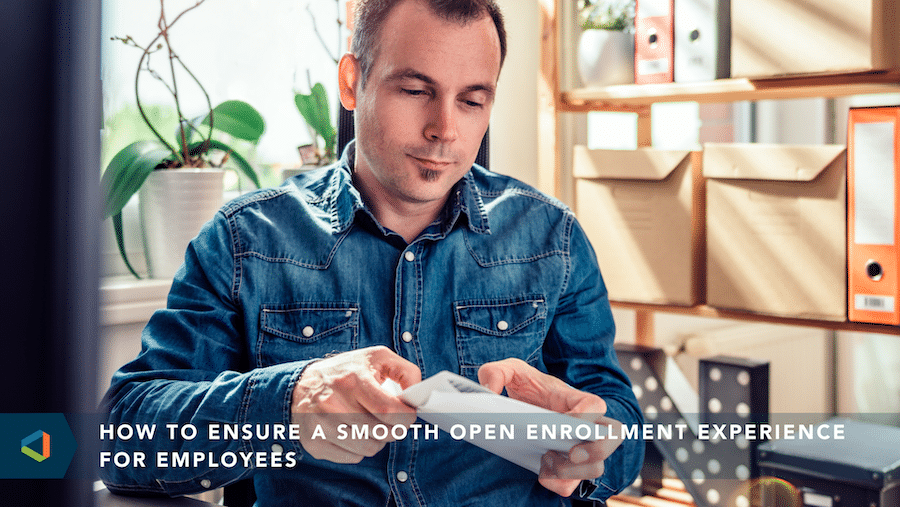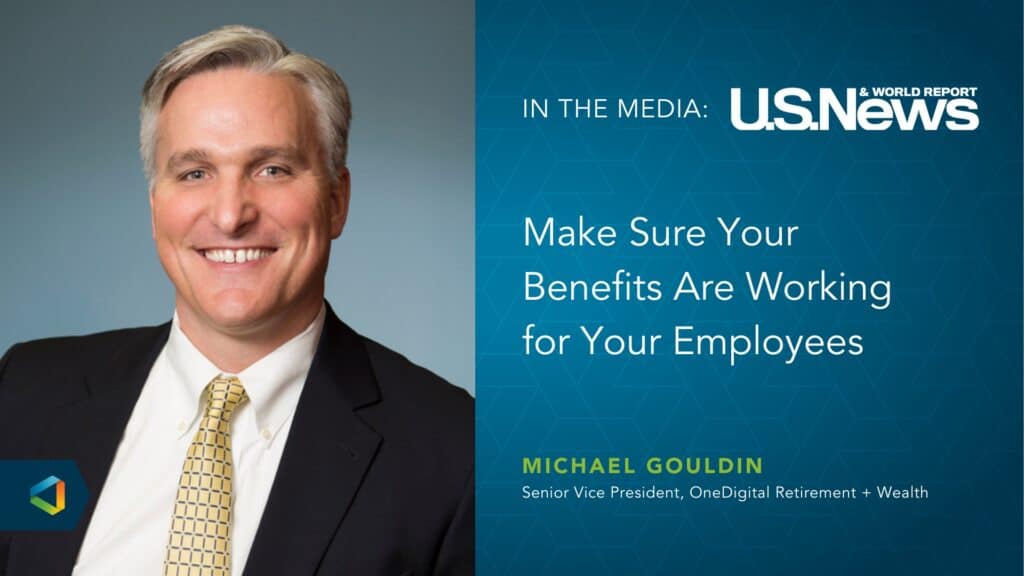Better Benefits
The 4 Most Common Employee Open Enrollment Questions Right Now
The 4 Most Common Employee Open Enrollment Questions Right Now
This open enrollment season most likely looks different from last year for your organization with two driving effects due to the pandemic environment.
First, we’ve seen leaps forward in technology adoption. The employees who once grumbled about logging on to process their enrollment, are the same employees who are now ordering their groceries from Instacart. Second, there is a heightened awareness of the need for access to healthcare. Many employees will rightly use open enrollment as an opportunity to reevaluate their coverage needs through the lens of the 2020’s events.
Our employee advocacy team fields thousands of questions from employees every year. Here are the most common questions we are hearing right now and how to answer them.
- How do I find an in-network provider?
- How do I access telemedicine?
- Can I access care without an ID card?
- What is the difference between my different plan options and what should I consider when making my benefit elections?
- Understand the plan option deductibles and out-of-pocket maximums. These two plan elements are crucial for recognizing your best and worst-case financial impacts.
- Think of a deductible like an entrance fee. You gain access to the non-preventive elements of your plan once you’ve spent the deductible amount on health services out of your pocket. High Deductible health plans are very popular these days and often have lower payroll deductions associated with them. But they can be very costly for you on the spot when you initially go to seek services. Ask yourself, “how much can you afford to pay out of pocket if you have a large medical bill?” This can help you decide what your risk tolerance is for a high deductible plan.
- You can reference the out-of-pocket maximum in your worst-case impact option. The out-of-pocket maximum amount is the most you will have to pay for expenses covered by the plan. Once you pay this amount, the insurance company will pick up the tab for 100% of covered expenses for the rest of the coverage year. Understanding your worst-case scenario for each plan option can also help you consider the amount of risk you want to assume for the year.
This seems like a simple one, right? It’s the number one question we get every year, and 2020 has been no different. The quickest way for an employee to determine whether their preferred doctor is covered by their plan or seek help locating a doctor who is covered is to call the insurance carrier and the physician’s office and ask. They can also check the provider search area of the insurance company’s website or mobile app.
Take it one step further.
Try incorporating a call to action for your employees to participate in a provider search exercise during open enrollment, so they don’t find themselves facing this question during their most urgent need for care. This proactive approach can set your employees up with a plan for accessing in-network care when they need it most, instead of rolling the dice with a network unknown. This could potentially save them and your health plan a lot of money.
While many doctors’ offices have begun to reopen with normal business hours, employees are still opting to limit their exposure to others for non-urgent matters. Further, many physicians have introduced a telehealth visit as a first point of contact for patients before scheduling an in-person visit. Telemedicine has been around for years, a US News & World report recently reported a 4,000% increase nationally in use in March 2020. Habits have changed and your employees will want to know how they can access care from their homes. How to Access instructions will vary depending on who your insurance provider is, but we’ve made it easier by compiling a few national carrier’s telemedicine information in this recent post.
Take it one step further.
Most telehealth services require the employee to register online or via mobile app to access the service. This is another opportunity to incorporate a call to action for your employees to register for your telehealth provider before they need to use the service. They’ll avoid the frustration of figuring it out in a time of need.
Short answer, yes! Many non-medical insurance carriers have stopped issuing ID cards as proof of coverage. And almost all insurance carriers have a way for employees to access a digital version of their card using their smartphone. If they need to seek care and are without their ID card, physicians’ offices will typically ask for their name, social security number and the name of their insurance carrier. With that information, they can contact the insurance company and verify coverage. If they know they are without an ID card and have an appointment coming up, they can call ahead to the physician’s office and ask them to contact the carrier to verify eligibility ahead of time so that it doesn’t slow down their appointment.
Take it one step further.
Encourage employees to download their insurance carrier’s app. To login, they will need to register with their personal information, but it will link up to their eligibility profile and give them mobile access to their ID card whenever they need it.
A detailed answer to this question will depend on the plans offered, but some general guidelines can help someone narrow down the best options.
Take it one step further.
Challenge your employees to create a health budget by thinking about what coverage they know they’ll need in the coming year. Are they taking ongoing prescriptions? Do they have any known upcoming health needs (surgery, planned hospitalization, medication change) or changes to their family situation that require more or less coverage?
By developing a best and worst-case estimate of needed services based on their current health and other expected needs, they will be ready to compare the coverage for those services across their plan options to get a better idea of what their out of pocket expenses might look like under the different plan options.




